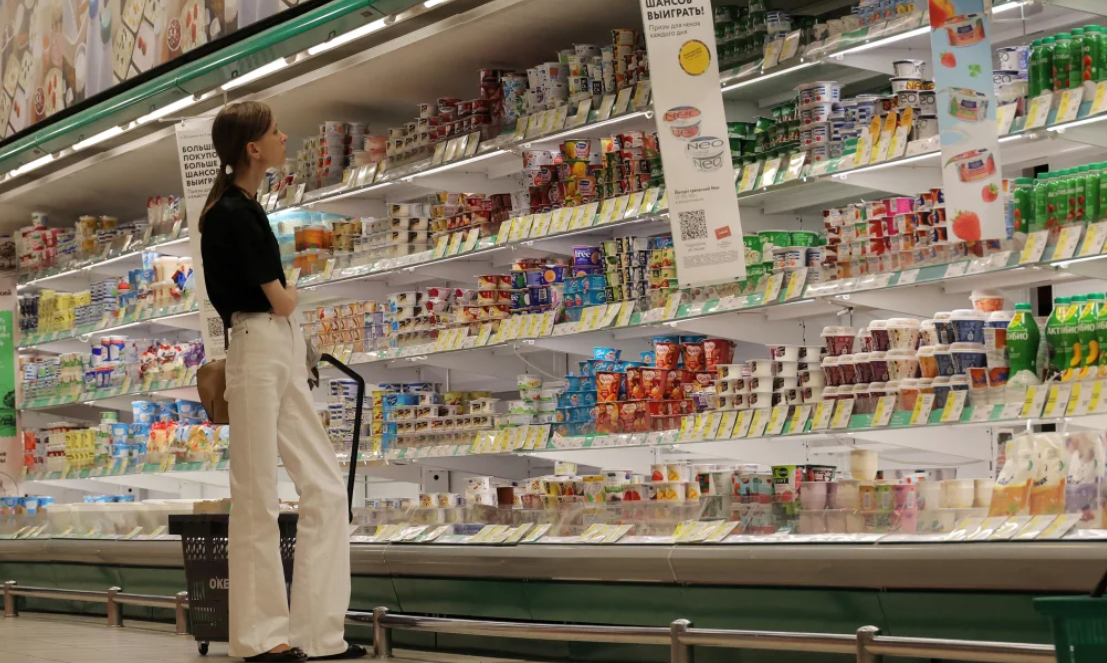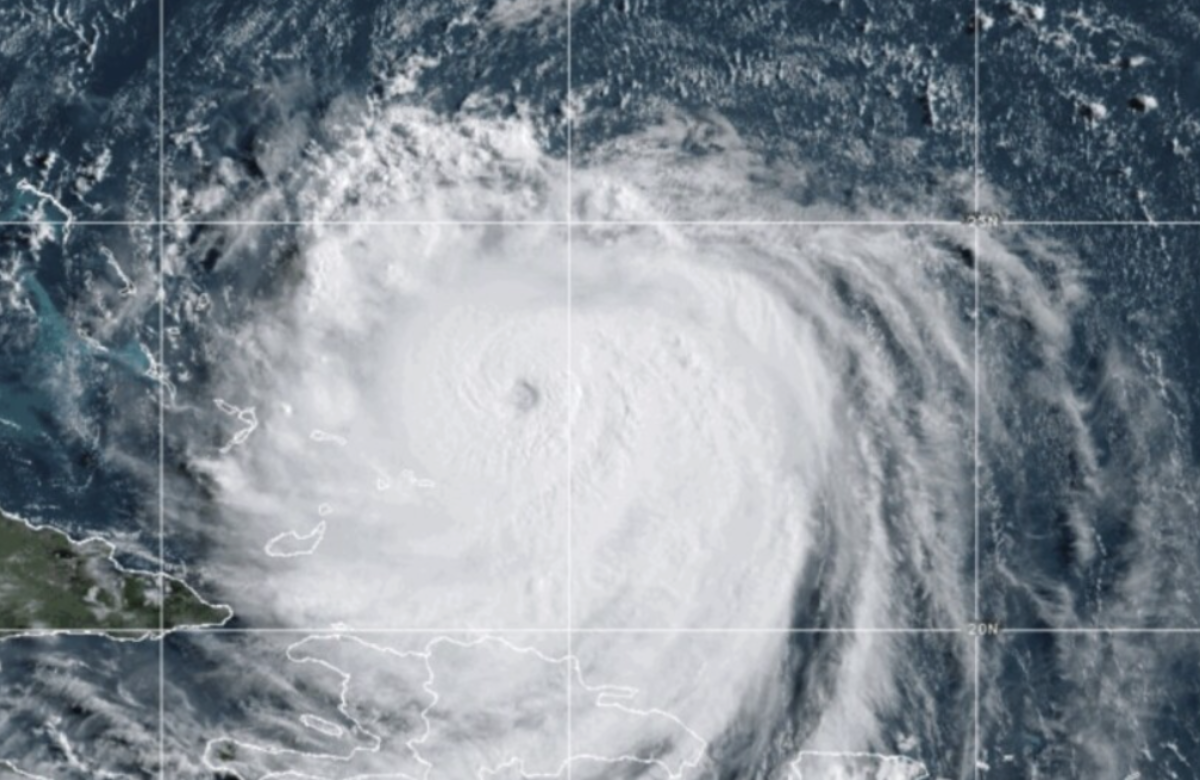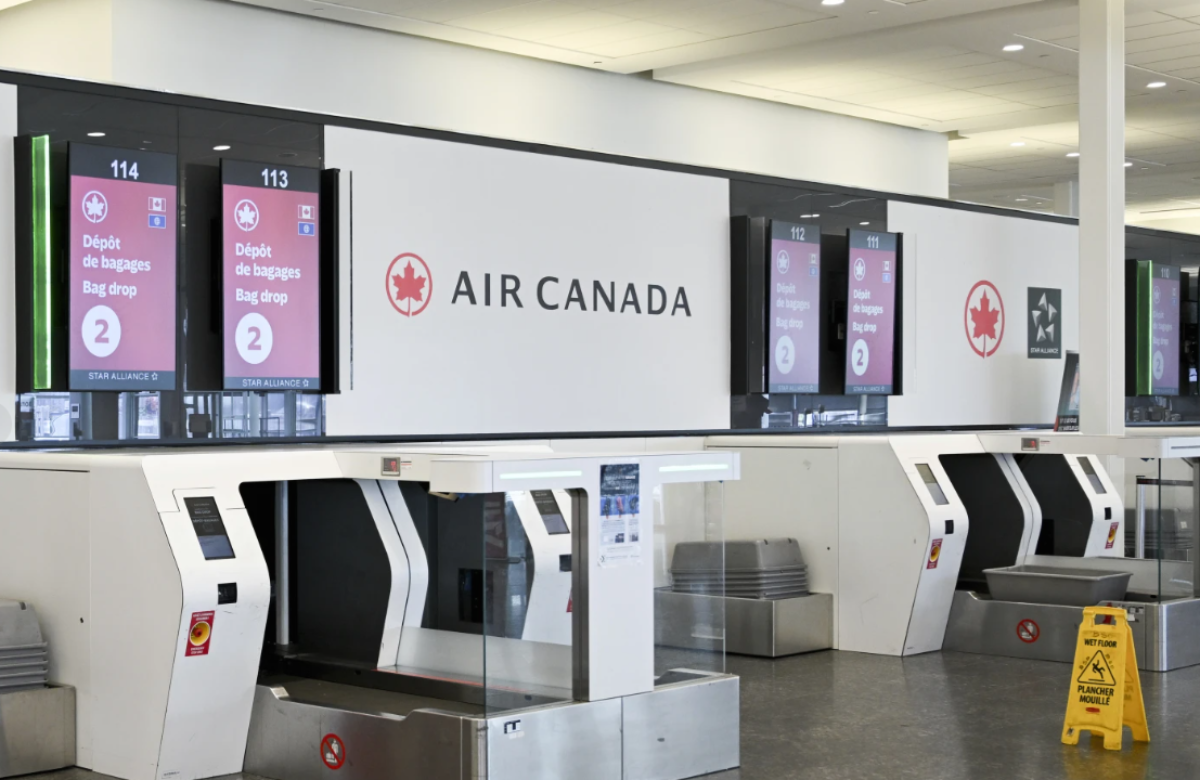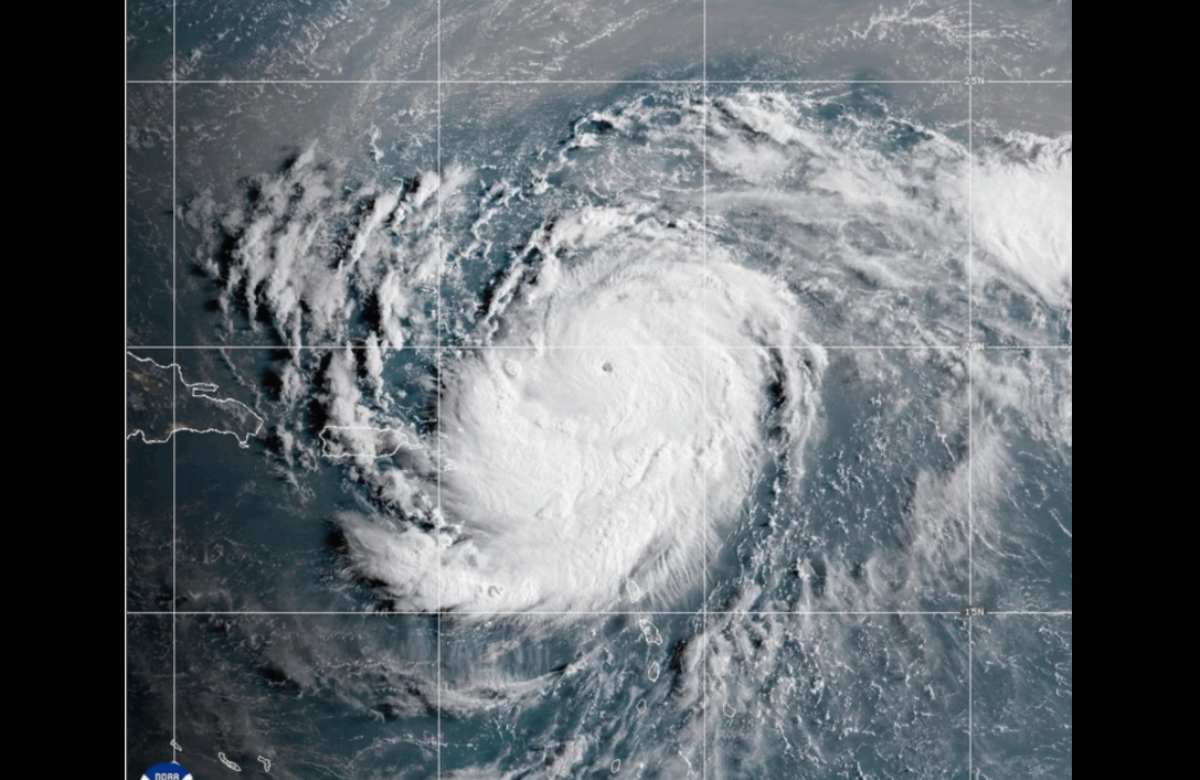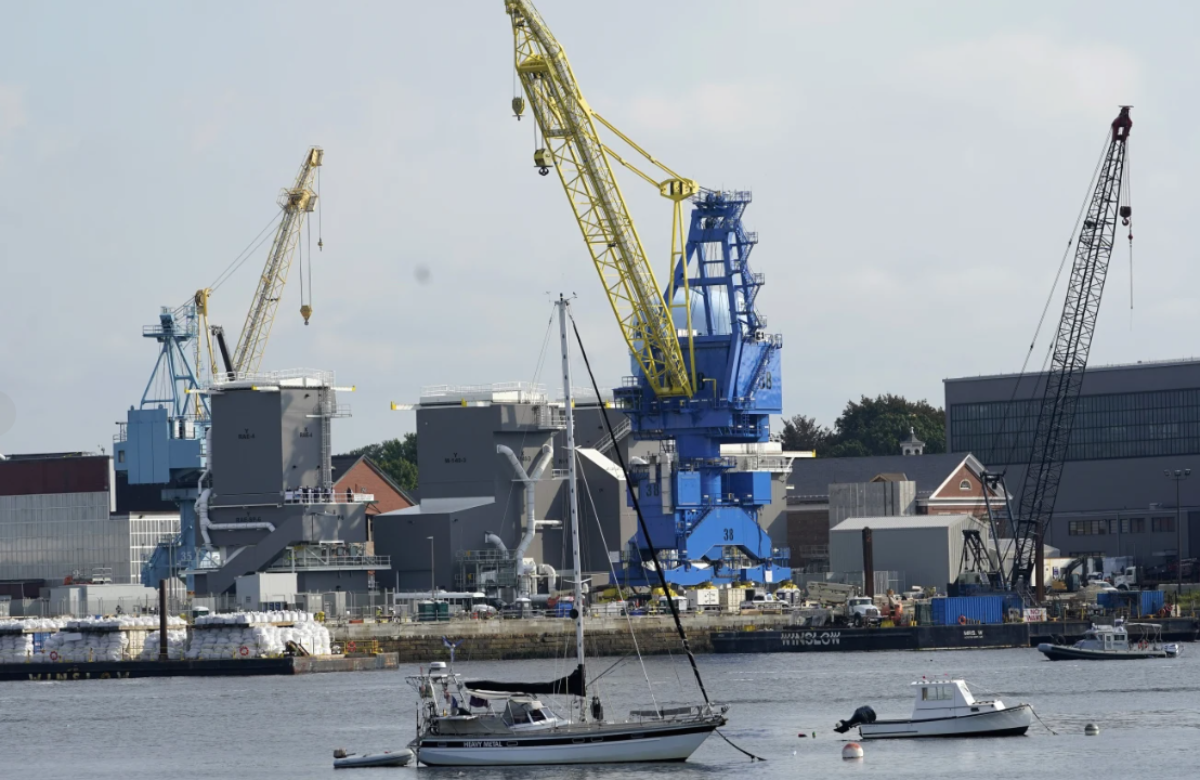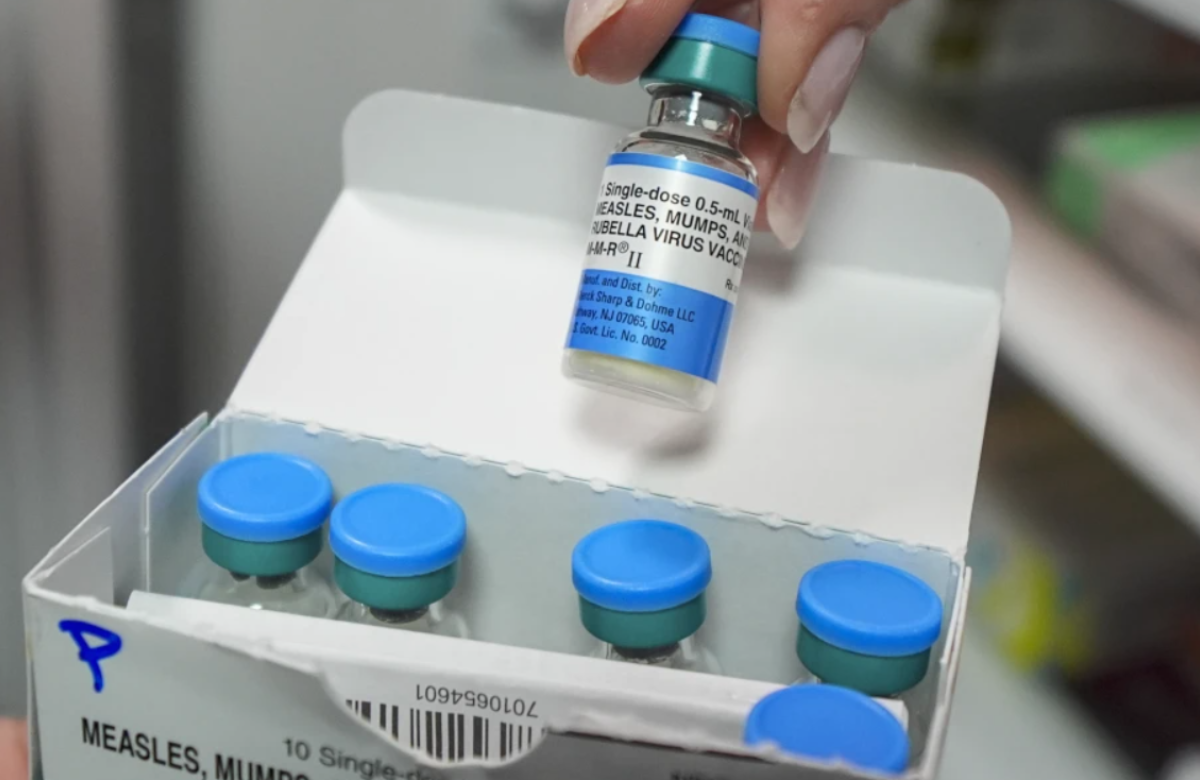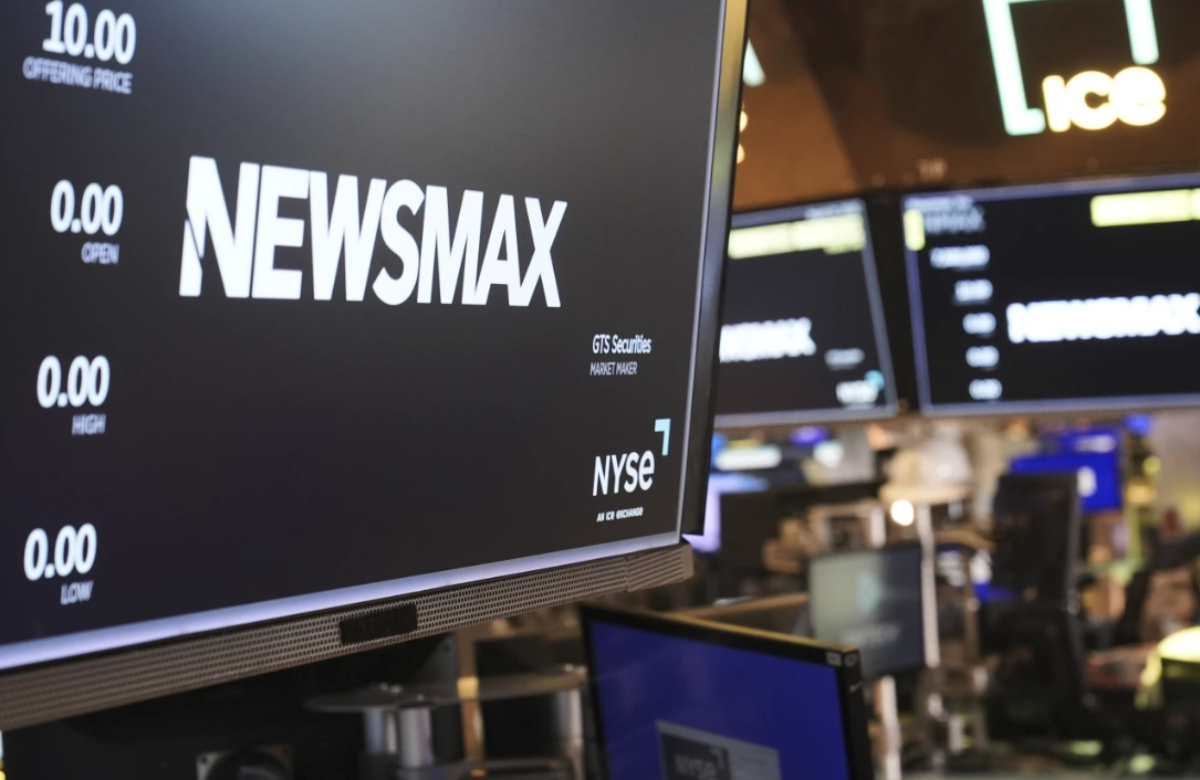While Americans complain about inflation, price hikes in Russia are alarming. Prices of butter, meat, and onions have increased by as much as 25% compared to last year. Some supermarkets are locking up butter to prevent it from being stolen.
Russia’s overall inflation rate is around 10%, which is higher than expected by the Russian Central Bank.
As the Russian government invests large amounts of capital in military industries, wage growth is having a major impact. Other sectors are having to raise wages to compete with industries that serve the military, driving up production costs and driving up prices even more.
Some economists refer to this situation as “growth without growth.” National income increases, but health, education, technology, and infrastructure do not improve.
The Russian central bank raised interest rates to 21% in October to curb inflation. But economists say that this inflation may increase rather than decrease.
Russian President Vladimir Putin has announced that Russia needs about one million new workers due to the current unemployment rate of 2.4%. Construction and manufacturing sectors require large numbers of workers, but high wage rates are putting pressure on industries.
“Companies are already facing financial crises, and rising interest rates are likely to increase the incidence of bankruptcies,” Russia’s Alfa Bank said.
The Russian government is increasing its military budget by nearly 25% by 2025, which will see one-third of government spending go to the military. In 2024, defense spending will be twice as much as social spending, which includes pensions and other benefits.
While young men who work for the army get higher wages and bonuses, teachers, doctors, and retired workers are stuck in the grip of inflation.
Russia needs workers from Central Asia, but criticism of migrants has increased since the terrorist attack in Moscow. 4.5 million foreign workers arrived in Russia in 2023, but this figure may remain lower than expected in 2024.
According to the United Nations, Russia’s population will drop from 145 million to 142 million by 2030. Moreover, the problem of young professionals leaving the country is serious. 1.3 million people left Russia in 2022, many of them settling in places like Dubai.
After the war, Russia would have to restructure its economy. Reducing military spending, re-mainstreaming ex-servicemen, and diverting companies from military products to other sectors will be major challenges.
Although the Russian economy has performed well in recent years, long-term challenges remain.
